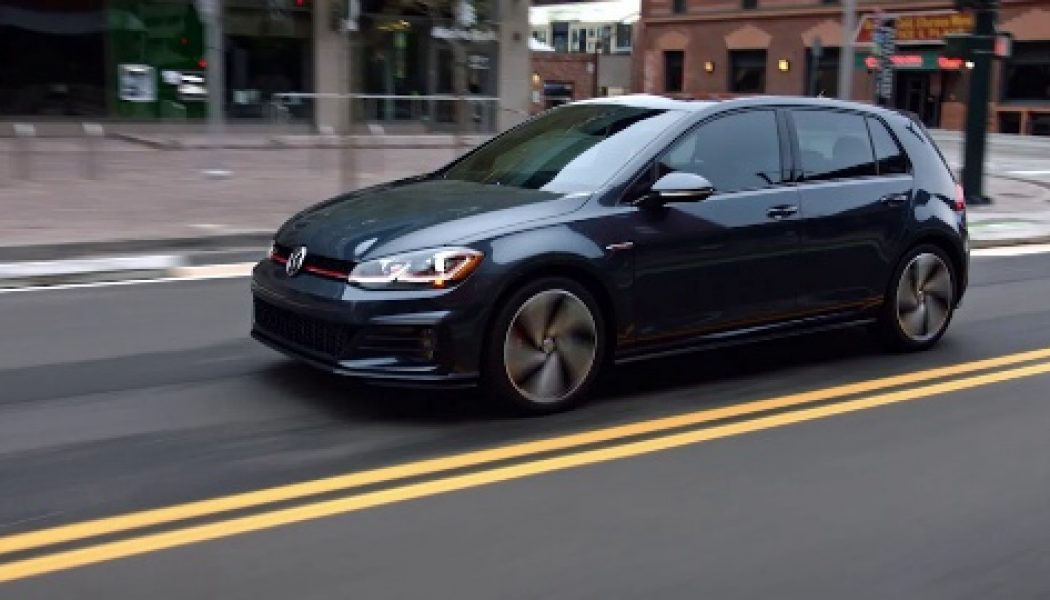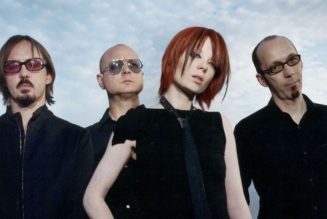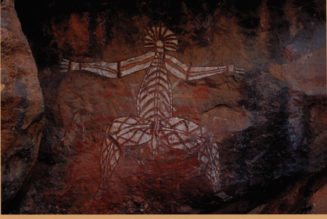Remember Daewoo? The third South Korean automaker snuck quietly onto the American scene in 1998, with three models and a sales plan that involved college students hawking the cars, Avon-style, to their friends. So what ever happened to Daewoo? The dealers disappeared in 2002, but their cars are still very much of a presence here in the U.S. Here’s what happened, and why.
The New Daewoos Are in Early This Year
Daewoo certainly got an auspicious start. While Hyundai and Kia both started with a single model (the Excel and Sportage, respectively), Daewoo started with a comprehensive lineup of three. The entry-level Lanos was available as both a two-door hatch or a four-door sedan, powered by a 105-hp 1.6-liter engine. With power steering, antilock brakes, power windows and power locks as standard, it was a good buy for $8,900. The compact Nubira came as a sedan, wagon and a short-lived, bizarre-looking hatchback, Like the Lanos it was quite lavishly equipped for its $12,000 price. Power came from 129-hp, 2.0-liter engine available with a stick or a four-speed automatic.
Top of the lineup was the Giugiaro-penned Leganza, its name a portmanteau of the Italian words elegante (elegant) and forza (power), neither of which really applied to the car. But it was brisk enough with its 131-hp, 2.2-liter engine. Four-wheel discs, a stick shift, A/C and a 100-watt premium stereo were standard, and a full leather interior was optional, making it a viable Camry alternative at a rock-bottom $15,000 price.
Daewoo Gets Educated
All three were just-okay cars, a hodgepodge of mechanical parts from Holden and Opel, General Motors’ Australian and European bureaus. (GM at the time had a stake in Daewoo, and the 1988-94 Pontiac LeMans was an Opel Kadett assembled in Korea by Daewoo.) But Daewoo had an innovative idea for selling them, using college student “campus advisers” who got a $300-$500 commission on each lead that turned into a sale. These advisors got a free trip to Seoul for training, use of a car for 90 days, and a 50 percent discount off the sticker price.
Sales were slow, though, and it shouldn’t come as a big surprise that more than half of the cars sold in those first few months were bought by the campus advisors themselves. The students later filed a class-action lawsuit against Daewoo; not only did they have to pay sales tax on the full sticker price, but they were surprised to learn that the 50 percent discount was reported as income to the IRS.
Student uprisings aside, Daewoo didn’t last long: Their U.S. foray corresponded with the 1997-98 Asian financial crisis. Daewoo Motors soon found itself in trouble, and in 1999 the car division was sold off to General Motors and reorganized as GM Daewoo and later GM Korea. Daewoo sales never took off in the States, and their American experiment was halted in 2002.
Daewoo’s Absurd Afterlife: The Chevy/Suzuki Era
And what of the cars? Though Daewoo gave up on the U.S., the cars lived a lot longer than you might expect—even here in the States.
Production of the Lanos ceased in 2002, but GM continued to sell the car in knocked-down kit form to developing markets and third-world nations. As of 2020 you can still buy a Lanos in Egypt, though it’s now labeled as a Chevrolet. Meanwhile, GM Daewoo’s replacement for the Lanos, the Kalos, was available stateside as the thoroughly-awful Chevrolet Aveo.
The Nubura was redesigned after Daewoo’s 2002 retreat as the Daewoo Lacetti, though that was just one of many monikers it wore. Fans of classic Top Gear will recognize the Lacetti as one of the show’s Reasonably Priced Car stars. In 2004, the Lacetti came to Stateside Suzuki dealerships, where it as known as the Forenza in sedan and wagon form and the Reno as a (more conventional than the original) four-door hatchback.
The Leganza’s return was a bit more bizarre: It too was refashioned as the Daewoo Magnus, and those ingenious Koreans managed to shoehorn a 2.5-liter inline six-cylinder engine sideways between the car’s front wheels. Still playing up its Italian heritage, the car was brought to the States as the Suzuki Verona. A colleague who reviewed it told me it reminded him less of Verona, Italy, and more of Verona, New Jersey.
The Daewoos did well for Suzuki; the brand topped 100,000 U.S. sales for the first time in 2006, and the Forenza, Reno, and Verona must have played some part in that, no matter how small. But Suzuki sales fell off a cliff during the 2008 economic downturn. The cars disappeared, and so did the Suzuki brand.
The Daewoo Is Coming From Inside the House
But Daewoo is not gone from the U.S.—not by a long shot. GM Daewoo became GM Korea in 2011, and it plays a significant role in General Motors engineering, perhaps a bigger role than GM would like to let on to the gung-ho buy-American section of its buyer base.
Incidentally, Daewoo built other types of vehicles as well, and those divisions has been scattered to the winds. The truck division was sold to Indian automaker Tata in 2004, and Tata-Daewoo is now the second-largest truck producer in South Korea. Daewoo’s bus business was spun off into Zyle Daewoo Commercial Vehicle, and sells buses in Korea and several developing markets.
Still want a Daewoo? Travel to South Korea and you can find plenty. Or you could just buy a Chevrolet Trailblazer. Sorry, though—no 50 percent student discounts.








![Who Should Skrillex Collaborate with on His Next Album? [POLL]](https://www.wazupnaija.com/wp-content/uploads/2020/07/who-should-skrillex-collaborate-with-on-his-next-album-poll-327x219.jpg)

